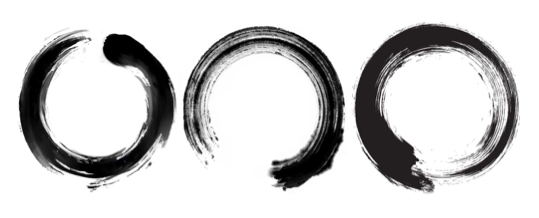The Practice of TransD: Systems, cycles, choices, and creating change
Posted on December 17, 2017
As our first semester of TransD comes to a close, I’ve attempted to go back over the readings and conversations that most stood out to me. We’ve been bombarded with a lot over the last few months, and it’s been helpful to revisit earlier ideas in light of new revelations; this retroactive sense-making has been a way to create stronger connections between different ideas and solidify the content of the semester into my personal takeaways.
Another reason is that at multiple points in conversations as a cohort, we’ve come back to the importance of designing for reflection. In order to change mindsets, manifesting in changed behaviors and impact requires not just new information or new experiences, but also a period of reflection and internalization and finding meaning amidst the noise.
From Thinking in Systems to Natural Capitalism, the semester has shown that it all comes around full circle and connects back to systems mapping. Setting system boundaries is not an easy or arbitrary process, but one that needs to be carefully considered; in its analysis of economic capitalism, Natural Capitalism raises the dangers involved in setting systems boundaries. Capitalism’s ability to charge forward unchecked despite the destruction of natural resources is due, in part, to the way the system was framed; not all of the necessary inputs (i.e. the raw, natural materials and fuel that our manufacturing and production processes rely on) are taken into consideration to create the output of business profits. The costs and consequences to our planet are outside of the bounds of capitalism. Because our economic model fails to account for these costs, they are consistently overlooked, underestimated, or completely ignored.¹
While our choices about how and where to bound systems should reflect our goals and values, the lines drawn in design don’t always seem relevant in the messier space of the real world. Failing to account for something in a system doesn’t mean there aren’t real world consequences. The detrimental impact on our natural capital, regardless of whether it has a place in our economic model of capitalism, serves as a lasting example.
So it seems important not only to make these choices intentionally, but also to remain critical of the choices, motives, and intent of others. If there is a fine line between a necessary omission to reduce the complexity or a negligent decision made to validate the system, how do we determine whether the consequences are an innocent mistake or an indication of culpability?
Needless to say, I’ve started catching myself thinking in systems more and more. It’s surprisingly also helped me to consider more than my own side to an issue, for example when watching a Senate committee meeting about the GOP tax plan. Excluding the chaos of the process and bi-partisan bickering, most Senators seemed to agree on the surface with the goal of putting more money in the pockets of average Americans; however, their arguments on how to do that seemed completely incompatible, as if they were trying to talk about the same system even though they disagreed about the placement of different stocks, the direction of different flows, or were looking at different scales of the same system. Democrats believe tax cuts should be given directly to lower and middle-income Americans, while Republicans believe corporate tax cuts will result in broader economic growth that will give greater benefits in the form of jobs, higher wages, and more money. But, again, the question of culpability rears its head when the consequence of who ultimately receives millions of dollars in tax benefits does not trickle down as intended? Just because you believe something, doesn’t make it true and who takes the blame when it turns out you’re wrong?
So clearly systems thinking has infiltrated my brain, but I also wanted to touch on our class conversation about what haunts me: the question of how much we can really do to create positive impact, or whether it’s even possible at all.
Going way back to The White Savior Industrial Complex, Cole suggests focusing on issues at home instead outsourcing the need to help others with humanitarian efforts.² This critique was intended on global level, but is it also true on an individual level? Even in our personal lives, it’s always a lot easier to give advice about the problems of others than to solve our own problems.
So maybe the answer is that it’s absolutely possible to create positive impact, but we need to start with a change in ourselves, embody that change, live it as effectively as possible before we ever hope to impact anyone else.
¹ Hawken, Paul, et al. Natural Capitalism: Creating the next Industrial Revolution. Little, Brown and Co., 1999.
² Cole, Teju. “The White Savior Industrial Complex.” The Atlantic. Web. 21 March 2012.